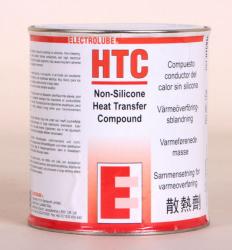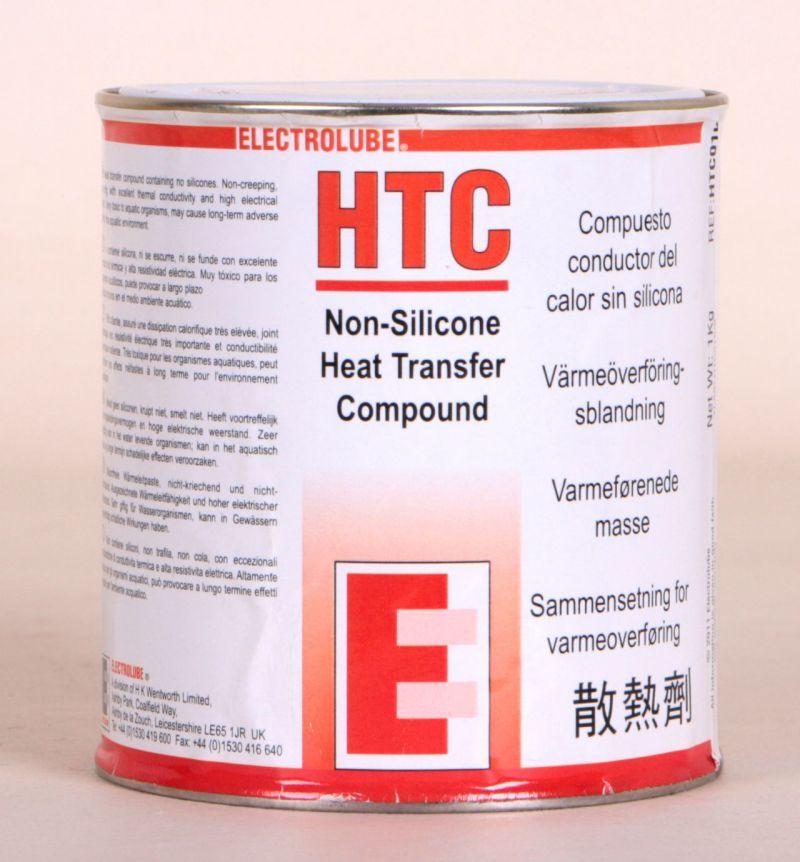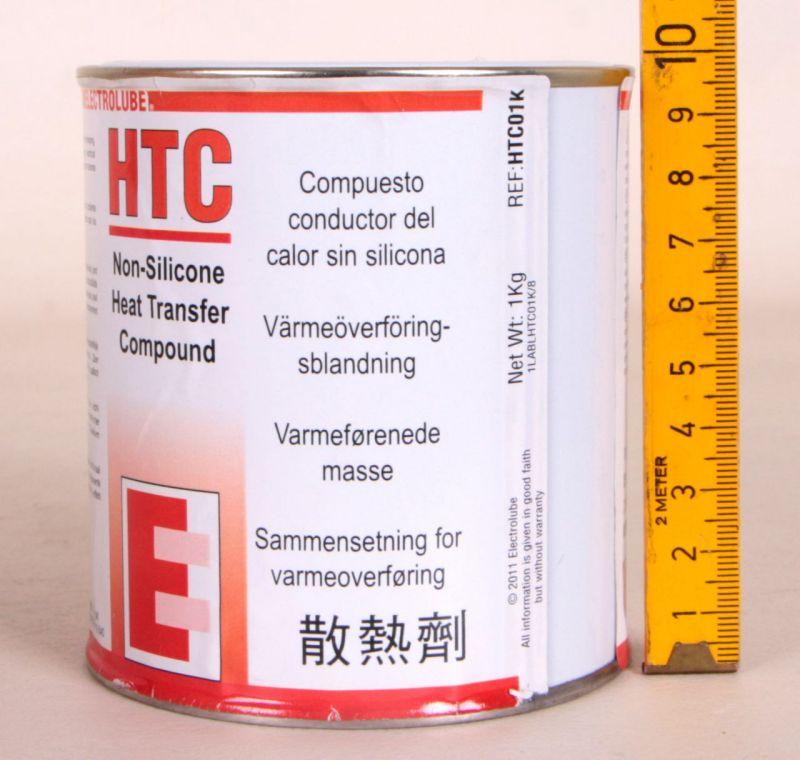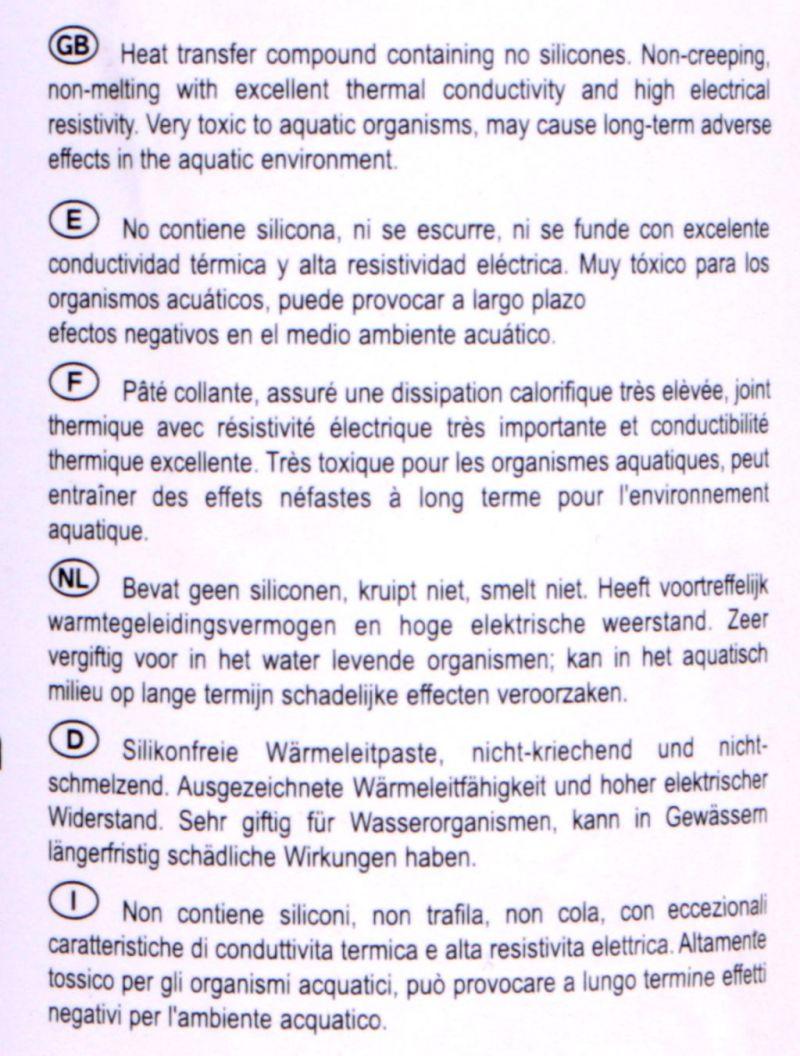Sie sind hier bei www.ostron.de/Mechanik / Roh-, Hilfs- & Betriebsstoffe
- U-I-R-Messtechnik
- Signalgeneratoren
- Frequenzmesser
- Oszilloskope
- Analyzer & Wobbler
- Leistungsmesstechnik
- R-L-C-Messtechnik
- Prüftechnik, Spezialmesstechnik
- Energieversorgung
- Funktechnik
- Radar & GHz
- NF & HiFi
- Licht & Optik
- Steuer- & Regelungstechnik
- Telefonie & Kommunikation
- Mechanik
- Avionik
- Sammeln & Seltenes
- Bauelemente
- ...
- Röhrenliste
- Manuals & Schaltpläne
- sonstiges...
Informationen
Kennen Sie schon... ?
Artikel 40 / 40
Artikeldetails

Wärmeleitpaste 1kg ELECTROLUBE
Art.Nr.: mech-0349
Wärmeleitpaste Kühlpaste Kontaktpaste für Halbleiter, CPUs, LEDs, Thermoschalter
Wärmeleitpaste 1kg ELECTROLUBE
Wärmeleitpaste von ELECTROLUBE , Inhalt 1kg, Kühlpaste / Kontaktpaste für Transitoren und andere Halbleiter, CPU-Kühler, LEDs, Thermoschalter, Thermosicherungen, Thermostaten und viele weitere Anwendungen!
Wärmeleitpaste zwischen den Berührungsflächen von Halbleiter und Kühlkörper verbessert den Wärmeübergang und ermöglicht dadurch eine günstige Wärmeableitung. Sie besteht aus einem Metalloxyd, das in einer dauerelastischen Masse gebunden ist und feinste Unebenheiten zwischen den Metallflächen ausgleicht.
ELECTROLUBE Heat Transfer Compound is recommended where the efficient and reliable thermal coupling of electrical and electronic components is required or between any surface where thermalconductivity or heat dissipation is important. They should be applied to the base and mounting studs of diodes, transistors, thyristors, heat sinks, silicone rectifiers and semi-conductors, thermostats, powerresistors and radiators.
HTC
Heat Transfer Compound
HTC is a non-curing heat transfer paste, designed for use as a thermal interface material. It is recommended where the efficient and reliable thermal coupling of electronic components or heat dissipation between any surfaces are required. HTC is a non-silicone paste, suitable for applications where silicones are prohibited, thus avoiding issues with silicone and low molecular weight siloxane migration.
* General purpose thermal management paste; cost effective heat dissipation
* Based on a non-silicone oil; avoids issues with silicone and LMW siloxane migration
* Good thermal conductivity; designed for use as a thermal interface material
* Non-curing paste; allows simple and efficient rework of components if required
Approvals:
RoHS-2 Compliant (2015/863/EU): Yes
NATO Stock No. – EHTC10S: 6850-99-775-5881
NATO Stock No. – EHTC20S: 5835-99-775-5881
NATO Stock No. – EHTC35S: 5975-99-512-1473
Typical Properties:
Colour: White
Base: Blend of synthetic fluids
Thermo-conductive Component: Powdered metal oxides
Density @ 20°C (g/ml): 2.04
Cone Penetration @ 20°C: 300
Viscosity @ 1rpm (Pa s): 202-205
Thermal Conductivity (Guarded Hot Plate): 0.9 W/m.K
Thermal Conductivity (Heat Flow): 0.7 W/m.K (calculated)
Temperature Range: -50°C to +130°C
Weight Loss after 96 hours @ 100°C: <1.0%
Permittivity @ 1 GHz: 4.2
Volume Resistivity: 1 x 10 14 Ohms-cm
Dielectric Strength: 42 kV/mm
Directions for Use
Thermal pastes can be applied to the base and mounting studs of diodes, transistors, thyristors, heat sinks, silicone rectifiers and semi-conductors, thermostats, power resistors and radiators, to name but a few. When the contact surfaces are placed together, a firm metal-to-metal contact will only be achieved on 40 – 60% of the interface, depending on the smoothness of the surfaces. This means that air, which has relatively poor thermal conductivity, will account for the balance of the interface. Only a small amount of compound is required to fill these spaces and thus dramatically increase the effective surface area for heat transfer. It is important to note that the quality of application of a thermal paste can be as important as the thermal conductivity of the material applied; best results are achieved when a uniform, thin coat is applied between the mating surfaces. Apply a thin layer of compound to one of the contact surfaces using a brush, spatula, roller, automated system or screen printing technique. Ensure that the entire interface is covered to avoid hot-spots from forming. Any excess paste squeezed out during the mounting process should be removed.
Additional Information
There are many methods of measuring thermal conductivity, resulting in large variances in results. Electrolube utilise a heat flow method which takes into account the surface resistance of the test substrate, thus offering highly accurate results of true thermal conductivity. Some alternative methods do not account for such surface resistance and can create the illusion of higher thermal conductivity. Therefore, when comparing thermal conductivity measurements it is important to know what test method has been utilised. For more information please contact the Electrolube Technical Department. The rate at which heat flows is dependent on the temperature differential, the thickness and uniformity of the layer, and the thermal conductivity of the material. Products with the same comparable thermal conductivity value may have very different efficiencies of heat transfer in the end application depending on how successfully a thin even film can be applied. A full range of heat transfer products are available from Electrolube: high thermal conductivity pastes (HTCP), silicone based pastes for very high temperature applications (HTS), gap filling materials (HTCPX), Silicone RTVs (TCOR, TCER), epoxy adhesives (TBS) and encapsulation resins (ER2220, UR5633, SC2003).



Wärmeleitpaste von ELECTROLUBE , Inhalt 1kg, Kühlpaste / Kontaktpaste für Transitoren und andere Halbleiter, CPU-Kühler, LEDs, Thermoschalter, Thermosicherungen, Thermostaten und viele weitere Anwendungen!
Wärmeleitpaste zwischen den Berührungsflächen von Halbleiter und Kühlkörper verbessert den Wärmeübergang und ermöglicht dadurch eine günstige Wärmeableitung. Sie besteht aus einem Metalloxyd, das in einer dauerelastischen Masse gebunden ist und feinste Unebenheiten zwischen den Metallflächen ausgleicht.
ELECTROLUBE Heat Transfer Compound is recommended where the efficient and reliable thermal coupling of electrical and electronic components is required or between any surface where thermalconductivity or heat dissipation is important. They should be applied to the base and mounting studs of diodes, transistors, thyristors, heat sinks, silicone rectifiers and semi-conductors, thermostats, powerresistors and radiators.
HTC
Heat Transfer Compound
HTC is a non-curing heat transfer paste, designed for use as a thermal interface material. It is recommended where the efficient and reliable thermal coupling of electronic components or heat dissipation between any surfaces are required. HTC is a non-silicone paste, suitable for applications where silicones are prohibited, thus avoiding issues with silicone and low molecular weight siloxane migration.
* General purpose thermal management paste; cost effective heat dissipation
* Based on a non-silicone oil; avoids issues with silicone and LMW siloxane migration
* Good thermal conductivity; designed for use as a thermal interface material
* Non-curing paste; allows simple and efficient rework of components if required
Approvals:
RoHS-2 Compliant (2015/863/EU): Yes
NATO Stock No. – EHTC10S: 6850-99-775-5881
NATO Stock No. – EHTC20S: 5835-99-775-5881
NATO Stock No. – EHTC35S: 5975-99-512-1473
Typical Properties:
Colour: White
Base: Blend of synthetic fluids
Thermo-conductive Component: Powdered metal oxides
Density @ 20°C (g/ml): 2.04
Cone Penetration @ 20°C: 300
Viscosity @ 1rpm (Pa s): 202-205
Thermal Conductivity (Guarded Hot Plate): 0.9 W/m.K
Thermal Conductivity (Heat Flow): 0.7 W/m.K (calculated)
Temperature Range: -50°C to +130°C
Weight Loss after 96 hours @ 100°C: <1.0%
Permittivity @ 1 GHz: 4.2
Volume Resistivity: 1 x 10 14 Ohms-cm
Dielectric Strength: 42 kV/mm
Directions for Use
Thermal pastes can be applied to the base and mounting studs of diodes, transistors, thyristors, heat sinks, silicone rectifiers and semi-conductors, thermostats, power resistors and radiators, to name but a few. When the contact surfaces are placed together, a firm metal-to-metal contact will only be achieved on 40 – 60% of the interface, depending on the smoothness of the surfaces. This means that air, which has relatively poor thermal conductivity, will account for the balance of the interface. Only a small amount of compound is required to fill these spaces and thus dramatically increase the effective surface area for heat transfer. It is important to note that the quality of application of a thermal paste can be as important as the thermal conductivity of the material applied; best results are achieved when a uniform, thin coat is applied between the mating surfaces. Apply a thin layer of compound to one of the contact surfaces using a brush, spatula, roller, automated system or screen printing technique. Ensure that the entire interface is covered to avoid hot-spots from forming. Any excess paste squeezed out during the mounting process should be removed.
Additional Information
There are many methods of measuring thermal conductivity, resulting in large variances in results. Electrolube utilise a heat flow method which takes into account the surface resistance of the test substrate, thus offering highly accurate results of true thermal conductivity. Some alternative methods do not account for such surface resistance and can create the illusion of higher thermal conductivity. Therefore, when comparing thermal conductivity measurements it is important to know what test method has been utilised. For more information please contact the Electrolube Technical Department. The rate at which heat flows is dependent on the temperature differential, the thickness and uniformity of the layer, and the thermal conductivity of the material. Products with the same comparable thermal conductivity value may have very different efficiencies of heat transfer in the end application depending on how successfully a thin even film can be applied. A full range of heat transfer products are available from Electrolube: high thermal conductivity pastes (HTCP), silicone based pastes for very high temperature applications (HTS), gap filling materials (HTCPX), Silicone RTVs (TCOR, TCER), epoxy adhesives (TBS) and encapsulation resins (ER2220, UR5633, SC2003).



Artikel 40 / 40









